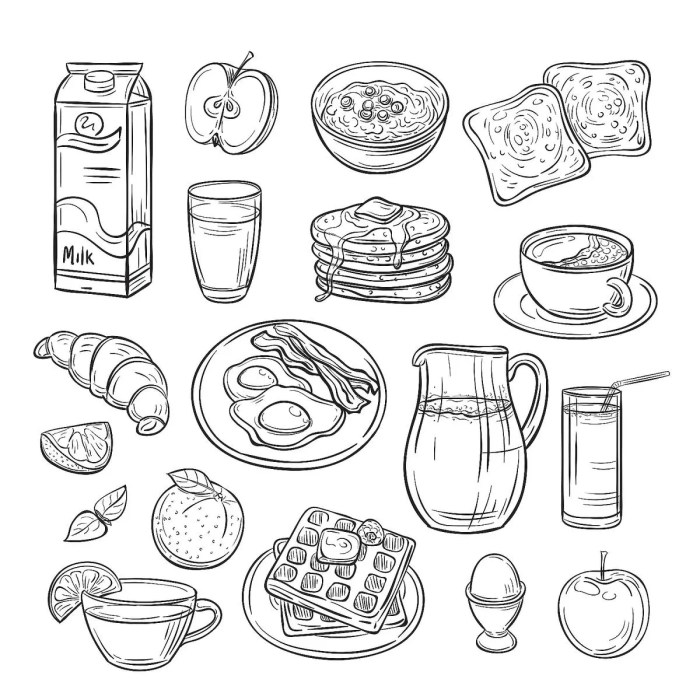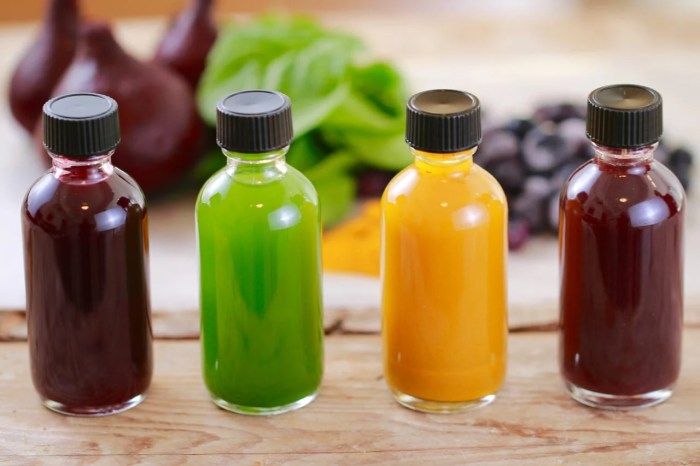Primary Food Coloring Colors: How To Make Different Food Coloring Colors

How to make different food coloring colors – Okay, so like, you already know about food coloring, right? But let’s get into thereal* tea on the primary colors – the OG’s that make all the other shades possible. Think of them as the ultimate color squad.
The three primary food coloring colors are red, yellow, and blue. These guys are total MVPs because you can’t make them by mixing other colors. They’re the base, the foundation, the
-everything*. Each one has its own vibe, you know? Red is, like, super intense and bold.
Achieving a vibrant spectrum of food coloring hues can be surprisingly straightforward, involving simple mixing techniques and readily available ingredients. However, if your pantry lacks the expected suspects, fret not! For those seeking a wider array of options, exploring alternative for food coloring might unlock a world of unexpected culinary creativity. Ultimately, mastering the art of food coloring, whether through traditional methods or inventive substitutes, is a delicious journey of experimentation.
Yellow is bright and cheerful, kind of like sunshine in a bottle. And blue? Chill, calming, and totally mysterious.
Mixing Primary Colors to Create Secondary Colors, How to make different food coloring colors
Mixing these primary colors is where things getreally* fun. It’s like a mad scientist experiment, but way less messy (hopefully!). By combining different amounts of the primary colors, you can create a whole rainbow of secondary colors. It’s all about the ratios, fam.
| Primary Colors | Secondary Colors | Mixture | Example |
|---|---|---|---|
| Red + Yellow | Orange | Equal parts red and yellow create a vibrant orange. More yellow makes it lighter, more red makes it deeper. | Think of a sunset or a delicious creamsicle! |
| Yellow + Blue | Green | Mixing yellow and blue in roughly equal parts makes green. Adjusting the amounts can give you shades from lime to forest green. | Like, a frog, or a yummy avocado toast. |
| Red + Blue | Purple | Combining red and blue creates purple. The ratio determines the shade, from a bright violet to a deep plum. | Think grape juice or those awesome purple flowers. |
Troubleshooting Common Issues

Okay, so you’re all set to make some bomb.com food coloring creations, but things aren’t exactly going as planned? No worries, fam! Even the most pro bakers run into snags sometimes. Let’s troubleshoot those common food coloring woes.
Food coloring mishaps are totally fixable. Whether your colors are looking sus, you’ve got some major bleeding, or your masterpiece is looking a little…meh, we’ve got the deets to get you back on track. It’s all about understanding the science (yeah, I know, boring, but stick with me) behind food coloring and using some simple techniques.
Uneven Color Distribution and Dull Colors
Getting those vibrant, even colors is key to a killer final product. If your colors are looking patchy or washed out, it’s probably because you didn’t mix thoroughly enough. Think of it like this: you wouldn’t just dump all your ingredients into a cake batter and expect it to be perfectly blended, right? Same goes for food coloring.
You gotta be patient and really mix those colors until they’re completely incorporated. A whisk or even a good ol’ fashioned spoon will do the trick. If your colors are still dull, try adding a tiny bit more of your primary colors to boost the vibrancy. Don’t go overboard though, you don’t want to end up with something super intense.
Preventing Color Bleeding and Separation
Color bleeding is a total buzzkill. It happens when your colors start to mix unexpectedly, ruining your carefully planned masterpiece. The best way to prevent this is to use high-quality food coloring and make sure you’re not overloading your mixtures with too much liquid. If you’re working with multiple colors, add them gradually and mix thoroughly after each addition.
If you’re using a gel food coloring, it tends to be more concentrated and less likely to bleed than liquid coloring.
Correcting Colors That Are Too Light or Too Dark
Oops, your frosting is looking a little pale? Or maybe it’s so dark it’s practically black? Don’t panic! If it’s too light, simply add a tiny bit more food coloring, a drop at a time, mixing thoroughly until you reach your desired shade. If it’s too dark, you can add a bit of your uncolored base (like frosting or batter) to lighten it up.
Remember, it’s always better to add gradually than to overdo it.
Storing Food Coloring to Maintain Vibrancy
Keeping your food coloring fresh is crucial for those amazing colors. Store your food coloring in a cool, dark place, away from direct sunlight and heat. Airtight containers are your best friend here, preventing evaporation and keeping those colors vibrant for longer. If you notice any changes in color or consistency, it’s probably time to toss ’em and get a fresh batch.
Don’t risk ruining your masterpiece with old, faded food coloring!
Frequently Asked Questions and Solutions
Let’s address some common questions that pop up when working with food coloring. Having answers ready will save you time and frustration.
| Question | Solution |
|---|---|
| Why is my food coloring separating? | Ensure thorough mixing and use high-quality food coloring. |
| How can I make metallic colors? | Use specialized luster dusts or edible metallic paints. |
| My colors are too bright. How can I tone them down? | Add a little bit of gray or brown food coloring to mute the intensity. |
| Can I use food coloring in all recipes? | Check the recipe instructions to make sure it’s suitable for the type of food coloring you’re using. |
| How long does food coloring last? | Properly stored food coloring can last for a year or more, but check for any signs of spoilage. |
FAQ Summary
Can I use household dyes instead of food coloring?
No, household dyes are not meant for consumption and can be toxic. Always use food-grade coloring.
How long does food coloring last?
The shelf life varies depending on the type and storage. Properly stored, liquid food coloring can last for a year or more, while gel and powder may last even longer.
What happens if I mix too much food coloring?
The color will become overly intense and potentially taste bitter. Start with small amounts and add more gradually.
How do I prevent food coloring from bleeding into frosting?
Use a high-quality food coloring that’s designed for the specific application (e.g., gel for buttercream) and ensure your frosting is properly set before adding colored elements.
